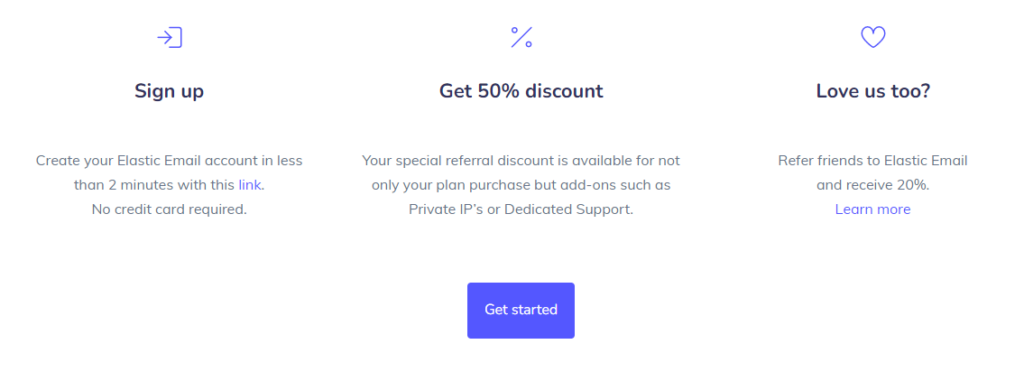5G Networks:
Are you ready for the next generation of wireless networks? 5G is here, and it’s set to change the way we live, work, and connect with each other.
Discover what 5G networks are, how they work, and what they mean for consumers and businesses. Explore the benefits and potential downsides of this exciting new technology in our comprehensive guide to 5G networks.
Wireless networks have come a long way since the days of dial-up internet and slow-loading web pages. With each new generation of wireless technology, we’ve seen faster speeds, greater connectivity, and more advanced features. And now, with the arrival of 5G networks, we’re on the cusp of a whole new era of wireless connectivity.
In this article, we’ll take a closer look at what 5G networks are, how they differ from previous generations of wireless networks, and what they mean for consumers and businesses. But first, let’s start with a brief overview of the benefits of 5G technology.
5G networks offer faster speeds, lower latency, and greater capacity than their predecessors. With 5G, you can download a full-length movie in seconds, stream high-definition video without buffering, and connect multiple devices to the network without any lag.
But the benefits of 5G technology go far beyond just speed and connectivity. 5G networks will enable new technologies and innovations, from self-driving cars to virtual reality experiences, that were once considered science fiction.
Table of Contents
So, what exactly are 5G networks, and how do they work? Let’s dive in and find out.
What is 5G?
5G networks are the latest generation of wireless networks, offering faster speeds, lower latency, and greater capacity than previous generations. But what exactly makes 5G technology different from its predecessors?

Technical Specifications
5G networks operate on a higher frequency spectrum than previous wireless networks, which allows them to offer faster speeds and greater capacity. Specifically, 5G networks can provide download speeds of up to 20 Gbps and upload speeds of up to 10 Gbps. In comparison, 4G networks typically offer download speeds of around 100 Mbps and upload speeds of around 50 Mbps.
Different Types of 5G Networks
There are two main types of 5G networks: sub-6GHz and millimeter wave (mmWave). Sub-6GHz networks operate on lower frequencies and offer greater coverage but lower speeds, while mmWave networks operate on higher frequencies and offer faster speeds but have more limited coverage.
Differences from Previous Generations
One of the key differences between 5G networks and previous generations is their ability to support more devices at once. 5G networks are designed to support a massive increase in the number of connected devices, from smartphones and tablets to IoT devices and smart homes. Additionally, 5G networks have lower latency than previous generations, meaning there is less delay between sending and receiving data.

How 5G Will Impact Consumers
5G networks promise to revolutionize the way we live, work, and connect with each other. In this section, we’ll explore the benefits of 5G networks for consumers, as well as some of the potential downsides.
Benefits of 5G Networks for Consumers
One of the main benefits of 5G networks for consumers is faster download speeds. With 5G, you can download a full-length movie in seconds, stream high-quality video without buffering, and browse the web at lightning-fast speeds.
Additionally, 5G networks offer lower latency than previous generations, meaning there is less delay between sending and receiving data. This makes activities such as online gaming and video conferencing much smoother and more responsive.
But the benefits of 5G technology go far beyond just speed and connectivity. 5G networks will enable new technologies and innovations that were once considered science fiction.
For example, self-driving cars will rely on 5G networks to communicate with each other and the surrounding environment, while virtual reality experiences will become more immersive and lifelike with the increased bandwidth and lower latency of 5G.

Potential Downsides of 5G Networks
While 5G networks offer many benefits for consumers, there are also potential downsides to consider. One of the main concerns is privacy and security.
With the massive increase in the number of connected devices, there is a greater risk of cyber attacks and data breaches.
Additionally, there are concerns about the potential health effects of 5G networks, as they operate on higher frequencies than previous generations.
Impact on Accessibility and Equity
Another important consideration is the impact of 5G networks on accessibility and equity. While 5G networks offer the potential for greater connectivity and technological innovation, there is a risk that they will exacerbate existing disparities in access to technology and information.
It will be important for policymakers and industry leaders to work together to ensure that the benefits of 5G technology are accessible to all members of society.
Help us build the future of email!

How 5G Will Impact Businesses
In addition to its impact on consumers, 5G technology is also poised to revolutionize the world of business. In this section, we’ll explore how 5G networks will benefit businesses, enable new technologies, and also present some challenges.
Benefits of 5G Networks for Businesses
One of the main benefits of 5G networks for businesses is increased productivity and efficiency. With faster download and upload speeds, employees will be able to work more quickly and collaboratively.
For example, large files and documents can be shared in seconds, and video conferencing will be more seamless and reliable.
5G networks will also enable businesses to take advantage of emerging technologies such as augmented and virtual reality, which can enhance training, marketing, and customer experiences.


New Technologies Enabled by 5G Networks
5G networks will also enable new technologies such as the Internet of Things (IoT) and remote work. With the ability to connect more devices at faster speeds, businesses can take advantage of the data and insights generated by IoT devices to improve their operations and services.
Remote work will also become more feasible with 5G, as employees will be able to work from anywhere with reliable and fast connectivity.
Potential Downsides of 5G Networks for Businesses
While 5G networks offer many benefits for businesses, there are also potential downsides to consider. One concern is the cost of implementing 5G technology, which can be a significant investment for smaller businesses.
Additionally, there may be challenges in integrating 5G networks with existing systems and infrastructure. Finally, there are concerns about security and privacy in the age of 5G, as businesses will need to take additional measures to protect their sensitive data and networks.

Conclusion
In this article, we explored the technical specifications of 5G networks and how they differ from previous generations of wireless networks. We discussed the benefits of 5G technology for both consumers and businesses, as well as the potential downsides and challenges of implementation.
To recap, 5G networks offer faster download speeds, reduced latency, and the ability to connect more devices at once. This will enable new technologies such as self-driving cars, virtual reality, and the Internet of Things. However, there are also concerns about cost, integration challenges, and security and privacy.
Looking ahead, the potential impact of 5G networks on society as a whole is vast. From healthcare to education to transportation, 5G has the potential to transform virtually every industry and aspect of our lives. However, it will require collaboration and investment from businesses, governments, and consumers alike to fully realize its potential.
Overall, 5G technology represents a major step forward in the world of wireless networks, and we’re excited to see how it will continue to evolve and shape our world in the years to come.

Disclosure: I may receive affiliate compensation for some of the links below at no cost to you if you decide to purchase a paid plan. You can read our affiliate disclosure in our privacy & policy. This site is not intending to provide financial advice. This is for entertainment only.








